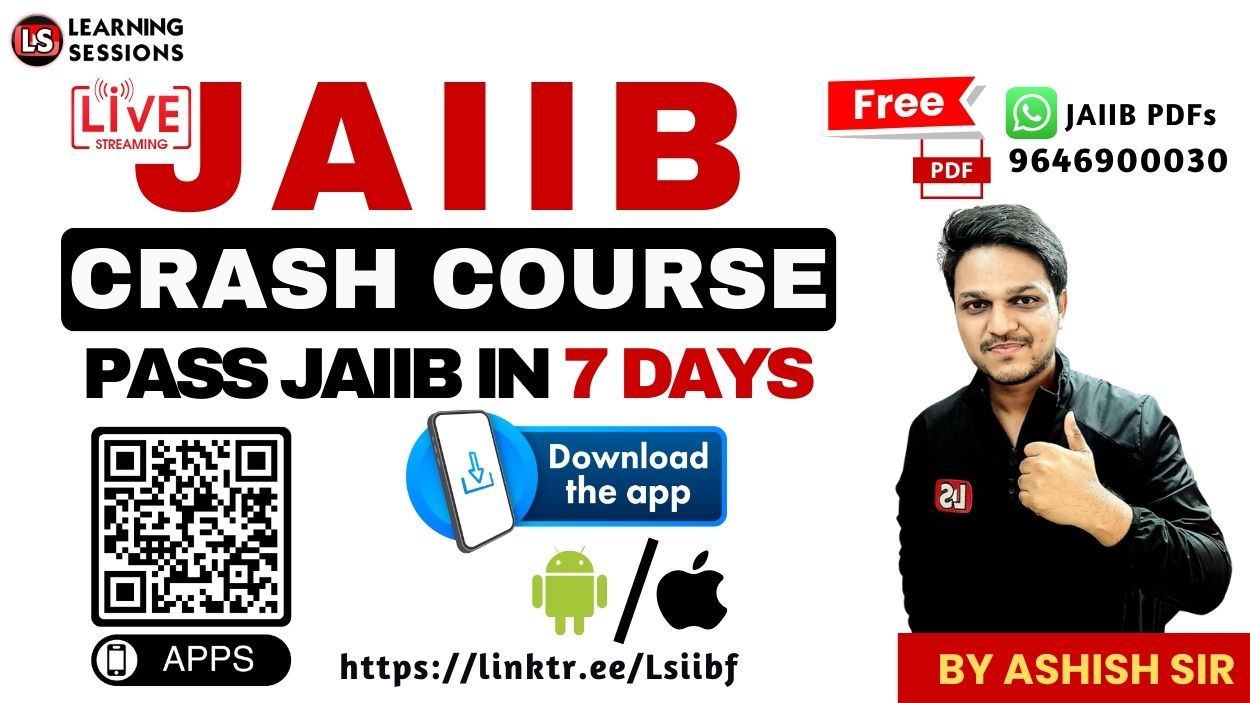Have you ever wondered how banks ensure that the loans they issue remain secure and profitable even after disbursement? Imagine having the tools to detect early warning signs of financial missteps before they spiral out of control. This guide dives deep into the world of credit monitoring, loan review, and credit audit—critical processes that keep a bank’s portfolio healthy and minimize risks. In this video breakdown, we explore everything from the fundamentals of monitoring post-loan disbursement to the sophisticated techniques banks use to verify account conduct, assess financial health, and detect fraudulent practices.
Whether you’re a banking professional, a student preparing for competitive exams like CRB or CIB, or simply someone eager to understand how financial institutions safeguard their investments, this content is tailored just for you. You’ll uncover how practical tools, such as periodic field visits, detailed audits, and stakeholder interactions, can offer early signals of trouble and help in implementing corrective actions promptly.
📚 CAIIB Study Resources 📚
👉 Check Here
👉 Check Here
👉 Check Here
👉 Get Tests Here
👉 Check Here
👉 Click Here
👉 Click Here
👉 Before we dive in, watch this video for a complete breakdown:
1. Credit Monitoring: Why It Matters (00:00:04 – 00:00:39)
Right from the start, the video emphasizes that credit monitoring isn’t just about checking off a task after a loan is disbursed. It’s a continuous process ensuring that the funds are used for their intended purpose. Think of it as a health check-up for a business—if you miss the warning signs, even a healthy loan can turn sour.
- Post-disbursement vigilance: Monitoring ensures funds are applied correctly.
- Early Warning Signals: Detect potential defaults or irregularities early.
2. Tools for Effective Loan Review (00:00:39 – 00:03:05)
The video introduces essential tools within the Loan Review Mechanism (LRM) that banks employ to maintain financial discipline. These tools are like a checklist for a thorough house inspection before buying a property.
- Account Conduct Analysis: Reviewing transaction patterns and behavior.
- Stock & Receivables Evaluation: Checking that stock levels and receivables are updated and not outdated (preferably less than six months old).
- Financial Health Indicators: Evaluating balance sheets, profit & loss statements, and auditor reports to ensure robust business performance.
3. Deep Dive into Account Monitoring & Financial Health (00:03:05 – 00:04:11)
This section explains how banks scrutinize account activities to spot red flags. Common red flags include frequent overdrafts, check bounces, and an inconsistent turnover rate. Just as you wouldn’t ignore a car’s warning lights, banks must act swiftly on these early signals to prevent losses.
4. Stock and Receivables Analysis (00:04:11 – 00:06:07)
Imagine managing a store with outdated inventory records—it just wouldn’t work! Banks face a similar challenge with stock and receivables. Timely documentation is crucial; ensuring that stock statements and receivables are updated frequently helps gauge the true financial health of the borrower’s business.
- Timely Documentation: Keeping stock statements and receivables current.
- Verification: Physical inspections and audits confirm the validity of documents.
5. Engaging Stakeholders & Field Visits (00:06:07 – 00:09:33)
The video stresses the importance of periodic visits and direct interaction with key stakeholders, such as promoters, owners, vendors, and creditors. This direct engagement helps uncover discrepancies that might be hidden in the books.
Interactive Tip: Have you ever visited a business to see operations firsthand? Banks use similar tactics to validate the business’s claims and ensure transparency.
6. Credit Audit: Objectives and Process (00:09:33 – 00:11:15)
Moving on to credit audits, the video explains that the main objectives are to improve portfolio quality, ensure compliance, and identify early warning signals. Regular audits help banks maintain a high standard of post-sanction review.
This friendly discussion underlines the importance of a meticulous audit process that checks every detail—from account conduct to compliance with post-sanction guidelines.
7. Real-Life Case Study: Fraud Detection and Recovery (00:11:15 – 00:17:30)
A compelling case study is presented where a major PSU bank detected red flags within six months of disbursing a 50-crore loan to a textile firm. Observations such as delayed stock statements, frequent check bounces, and low turnover triggered immediate recovery actions.
The bank quickly recalled the loan, seized assets, and initiated legal proceedings. This real-life example clearly shows that early intervention can prevent significant losses.
8. RBI Guidelines and Legal Recourse (00:17:30 – 00:29:03)
The Reserve Bank of India (RBI) sets strict guidelines for periodic audits to ensure that banks maintain robust compliance. Key measures include periodic audits based on risk levels and legal audits to verify ownership documents, especially for large loans (5 crores or more).
- Periodic Audits: High-risk accounts are reviewed every three months, while lower-risk ones are audited annually.
- Legal Audits: Ensuring that title deeds and ownership documents are genuine to prevent fraud.
9. Best Practices for Credit Auditing (00:29:03 – End)
To wrap up, the video revisits best practices for maintaining a secure loan portfolio. This includes regular monitoring of account conduct and financial statements, robust audit mechanisms using on-site visits and stakeholder interviews, and swift legal action in cases of discrepancies.
- Regular Monitoring: Keep a close watch on all transactions.
- Updated Documentation: Ensure stock and receivables records are current.
- Stakeholder Engagement: Direct interaction to verify business claims.
- Compliance with RBI Guidelines: Regular audits based on risk categories.
CAIIB ABM | Risk Management Credit Rating Part 1 [FREE EPDF]
Conclusion
In summary, effective credit monitoring and loan review are essential to mitigating risks and safeguarding bank assets. By implementing rigorous audit processes—from detailed account monitoring and financial analysis to proactive stakeholder engagement and strict adherence to RBI guidelines—banks can identify early warning signals and take corrective actions before issues escalate.
Take these insights and implement them in your professional practice or exam preparation. Have questions or personal experiences with credit audits? Drop a comment below—we’d love to hear your thoughts! Remember to subscribe and explore our related content for more in-depth financial guides.
Download the PDF Summary
For your convenience, you can download a detailed PDF summary of this guide to refer to whenever you need a quick refresher on the key points. The PDF includes all major takeaways, checklists, and additional resources to help you master credit monitoring and loan review.
Also Like:







